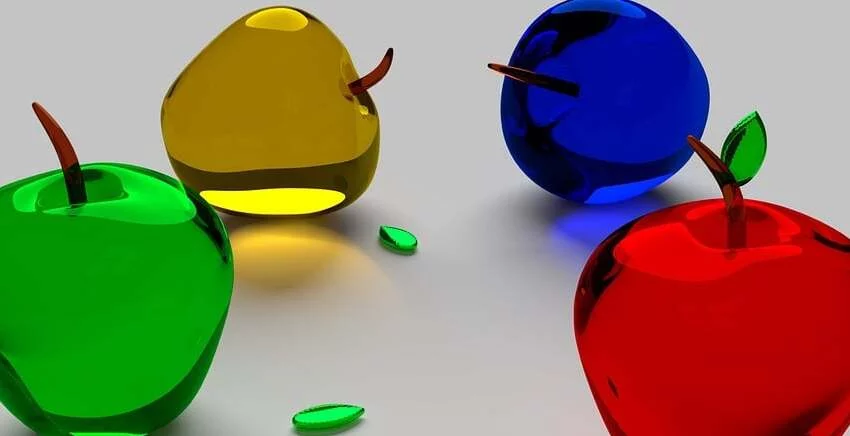One of the most important industries in the world is healthcare. Every aspect of healthcare must be effective and forward-thinking, and digitalization has had an impact on how the sector functions and communicates, from primary patient supervision and nursing to pharmaceuticals.

No matter whatever branch of the healthcare industry you work in, the stakes are high since people’s lives depend on its success. In a constantly shifting environment, it’s critical to be innovative and adaptive. Several top companies across all industries are participating in digital transformation to improve their operations, offerings, and innovations. Healthcare experts are no exception.
Here, we examine digital transformation and demonstrate why, in the era of extreme connectivity, utilizing the power of digital technology and processes is crucial.
The following are the critical steps in creating a logo:
1. Recognize the requirement for a logo. And why it must be excellent.

In a lot of ways, business is like dating. You want to find the appropriate clients and win them over to your brand. Just imagine your logo as your dating profile photo. It’s what will pique people’s curiosity and prompt them to discover further about you. You want to appear your best.
Your company’s first impression will be greatly influenced by your logo: It will inform your clients regarding your brand and help them decide if it’s right for them. You want to ensure that your logo is done effectively because it is such an important component of your brand. Your logo will appear on all of your branding materials. Your website, packaging, and business cards will all reflect it to your customers. Make it matter! A fantastic, expert logo design can convey who you are as well as what you strive for. Also, it will help you generate a strong first impression and distinguish yourself from competitors.
2. Establish your company's identity

Your logo should convey the character of your brand. And to accomplish this, you must first comprehend the essence of your brand’s personality. It will be a lot simpler to allow yourself to make design decisions that complete and complement that picture if you have a clear knowledge of what renders you special as well as what your business is all about.
To uncover the essence of your brand identity, consider the following questions:
- What principles and beliefs are essential when it comes to our business?
- What can we offer that no one else can?
- Why are we unique?
- Which three words would you use, to sum up, our brand?
- Which three words would you use, to sum up, our brand?
- What are the top three terms our clients should use to characterize us?
3. Obtain design inspiration
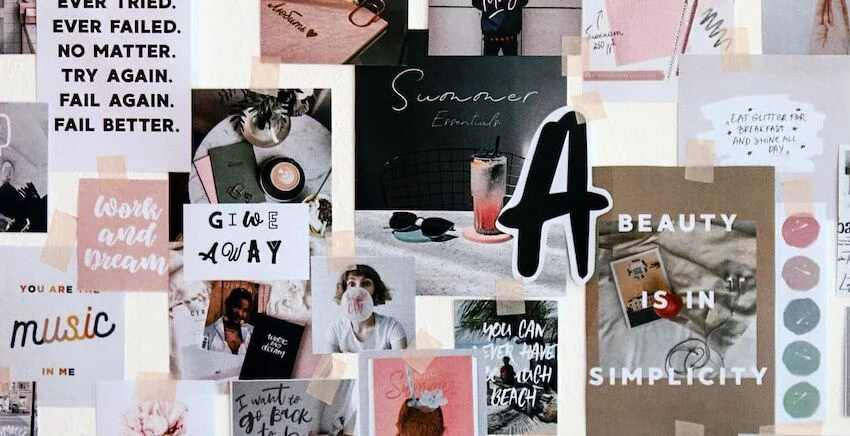
Looking for logo inspiration can be the most difficult step in the design process. Fortunately, we have some advice for you that will make it quite simple.
Create a brainstorm first.
Perhaps you like to start by gathering word ideas because you think conceptually. You might need a good brainstorming session to identify the appearance and feel you want to go for. The following three phases will assist you in coming up with the most inventive logo concepts:
- Adhere to the brainstorming rules
During brainstorming, you should write down all of your ideas, including the poor ones. Even a terrible concept can start a discussion that results in a brilliant answer.
- Think like your audience
Create a list of terms that characterize your brand and also how you want it to be seen. Always keep in mind what would matter to your target audience when thinking like a member of that group.
- Cover all bases
A one-person brainstorm is acceptable, but only variety will produce magic. Invite colleagues from all departments or perhaps even acquaintances and business associates. More viewpoints are better.
Create a vision board.
A visual can be the ideal tool for you to be inspired if you are a visual person. You can make a digital or physical board by cutting out and pasting printed images. Simply gather any images that appeal to you, whether they are different logos, color schemes, artwork, or graphics. You’ll observe that your mood board quickly reflects the types of styles and design elements you choose.
Consider how your logo might represent your company. The retro logo for Simply Rooted, which features hand-drawn root vegetables, wonderfully captures the company’s commitment to simple, regional cuisine. Your mood board may contain pictures of antique logos, hand-drawn illustrations, organic shapes, and colors if you’re going for a similar look. Or consider the way the Rugged logo expresses its “rugged” brand identity in a large, rough-looking word mark while also evoking opulence thanks to the reflecting gold appearance. You have the chance to combine all of these elements in your mood board.
4. Examine the rivals
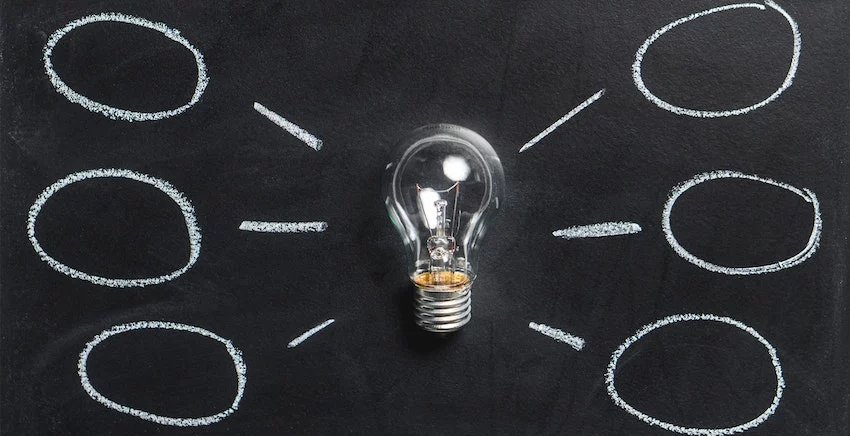
Where are the finest places to borrow ideas? Your adversary! Look at what is presently available, what appeals to your target, and which products to steer clear of. While eavesdropping on those rival companies, consider how they differ from your business and how you might highlight these variations in the logo design.
Make sure to distinctly differentiate yourself from your rivals. If every other company in your sector is going monochromatic, you might want to choose some color to stand apart. If everyone else has a classic logo, perhaps a quirky and contemporary one will stand out.
5. Decide on a design aesthetic
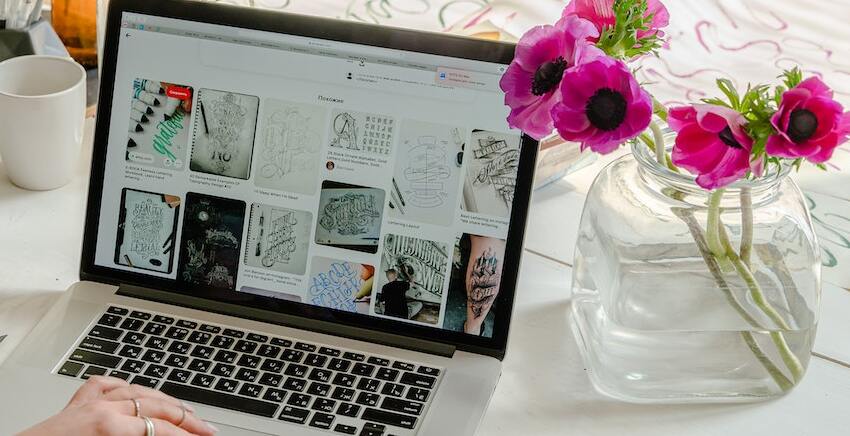
It’s time to start incorporating your brand into the design now since you’ve gained a firm understanding of it and is feeling motivated. Several diverse components are in use here, including text, colors, shapes, and graphics. To avoid becoming overwhelmed by the entire design at once, break down each element and the goals it can achieve for your brand separately.
Selecting the appropriate design aesthetic for your firm should be your priority when considering your logo. Only what is best for your brand should be used; there isn’t one design that is appropriate for everyone.
Classic
Vintage modern logos can be thrilling and enjoyable, but they can also become antiquated very fast. A more timeless look gives you more tenacity and can expand your audience. This approach keeps things straightforward and avoids using wild color schemes, images, or fonts. People can tell you are dependable and approachable if you dress classically.
Retro or vintage
There is a good reason why retro and vintage styles have been popular for so long. They instantly conjure up romantic recollections of simpler times and sentiments of nostalgia. A retro logo communicates to customers that you value history and that everything you sell is executed well. This look is suited to worn and hand-drawn logos in beige and brown tones.
Contemporary and minimal
Companies frequently go with a simple, minimalist look to convey how current and fresh they are. With a lot of whitespaces, few details, and straight lines, this design approach frequently produces slick, uncluttered logos. A modern, minimalist design demonstrates to customers that your company is cutting-edge, hip, and aware of what matters.
Fun and eccentric
This is a common option for businesses whose target market is youthful. Colorful and adorable are common characteristics of fun and quirky design, which frequently employs symbols or pictures to create a welcoming atmosphere. Use a quirky mascot or a cute illustration to let the playful nature of your company come through.
Handcrafted and made-to-order
A brand’s individuality and commitment to handmade quality are clearly shown through its use of handmade style. To properly make the point, the design works great when combined with other aesthetics, such as vintage. However, it may be coupled with minimal and exciting designs for an appearance that is simple and refined or a colorful and young aesthetic.
Can’t decide on just one?
Of course, these fashions don’t conflict with one another. Simply combine and contrast them to fit your brand. Consider how the funny, illustrative logo for The Crafty Cactus accomplishes the dual goals of being both handmade and entertaining.
6. Choose the best sort of logo
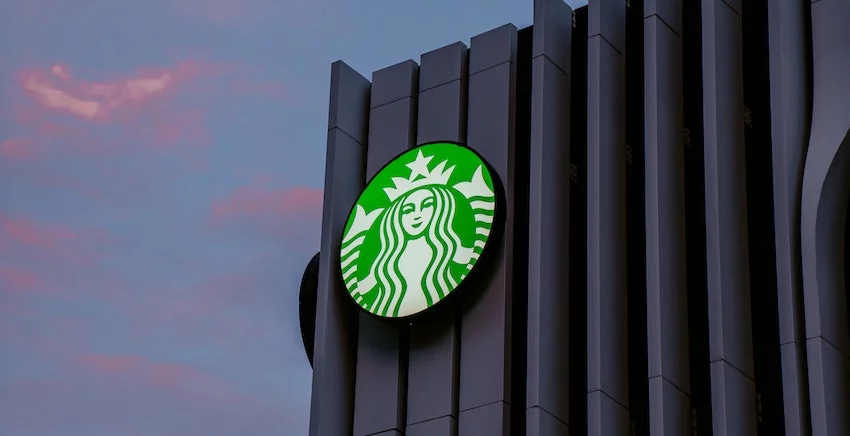
There are seven primary sorts of logos you can select from while making your logo, along with the overall design theme. Choose the one that best fits the name of your business or overall style, or blend them to come up with something original.
Letter marks (or monogram logos)
Particularly if your company name is lengthy or difficult to recall, letter mark logos may serve as a terrific way to condense your brand identity. Think of companies like HP, CNN, or H&M to get an idea of how many opt to use their initials. Such monograms can be excellent for simple logos, but keep in mind that they don’t do a fantastic job of conveying the essence of your company.
Wordmarks (or logotypes)
A fairly simple technique to use your brand logo as a logo is with wordmarks. They revolve around typography to give them character and identification value just look around at the wordmark logo for Just one. If your company has a memorable name, this can be the best method to highlight it.
Graphical symbols (or logo symbols)
When we hear the word “logo,” we typically think of pictorial markings or logo symbols. These are iconographic pictures that convey your brand’s personality through an image. You can go with something straightforward or more intricate, but be sure to select a symbol that establishes a special link to your brand. They are frequently used in conjunction with a wordmark.
Abstract logotype marks
Abstract logo markings are geometric shapes that generate something wholly unique for your business instead of a known sign that immediately connects to an existing image. An abstract logo marking will distill your company’s identity into a mark that is genuinely special to you. Find out what the meanings of the various geometric logo forms are when you want your abstraction logo to evoke a certain mood or sensation.
Mascots
Mascot logos are indeed a fun way to infuse personality into your company. They frequently take the form of cartoonish, colorful creatures that represent your company in a welcoming and approachable manner. Watch the video below to find out more about the specifics of mascot logos.
Compound mark
A combination mark creates an instantly recognized logo by combining a symbol with such a word mark, as the name suggests. As designer ludibes does with the Bright Side logo, the brand name is either displayed alongside the symbol or is included in the visual element. Because these pieces will be linked to your brand, you can utilize them separately or together.
Emblem
Emblem logos often combine text and visual components, just like combination marks do. They typically combine text with an emblem or symbol, such as a badge, seal, or crest. The Rockwell Lighthouse logo exemplifies how these conventional designs may give you a vintage and timeless image.
7. Take note of color
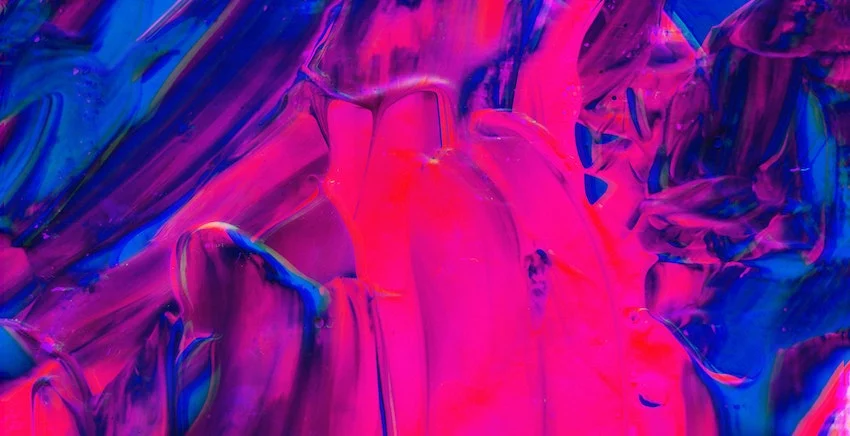
Many meanings can be attached to various colors. Even though the psychology of color is intricate, certain feelings and concepts are associated with each color. Check out this comprehensive guide on logo colors and their meanings to learn further about color theory.
Red: The color red represents elation, passion, and rage. Whenever your brand is loud, young, and wants to stick out, this is a perfect option.
Orange: Orange is just as vibrant as red but is used much less frequently. This color is lively, energizing, and amusing.
Yellow: This color is the best option for those who want to come across as approachable and welcoming. It exudes a positive, inexpensive, and young vibe.
Green: Green is a very adaptable color that can be used for any brand. Everyone who wants to develop a relationship with nature will find it to be especially ideal.
Blue: Blue is an extremely traditional and popular option. It represents maturity and reliability and is peaceful and cool.
Purple: If you want to look opulent, wear purple. Purple can be enigmatic, eclectic, or feminine depending on the shade.
Pink: Pink is the best color to use if you’re trying for a girly look. But there’s more! Pink may give your logo a mature and stylish, yet youthful and feminine appeal with hues including pastel rose, millennial pink, or bright magenta.
Brown: Although at first glance brown may seem like a strange color choice, it is ideal for tough and manly antique logos. It might give your company’s image an aged, handmade appearance.
Black: Black is an excellent color choice to project a sleek, contemporary, and opulent appearance. If you want to keep it basic, a minimalist black-and-white logo is indeed the way to go.
White: Do you want the logo to appear streamlined, contemporary, and minimal? Create a logo with a lot of white. Because it is a neutral color, it goes well with all other colors while still adding a fresh, modern, and affordable touch.
Grey: For someone who wants to look mature, classy, and serious, grey is the hue to use. Lighter colors are easier to reach whereas darker shades appear more enigmatic.
Combining hues
You certainly don’t have to keep with a logo that is monochromatic and only uses one color; instead, you can combine numerous logo colors to create a cohesive brand color story. Look at the color wheel to determine which colors go well together.
On the color wheel, complementary hues are situated exactly across from one another. They produce a dynamic effect and bring out the best in both colors. Similar hues are close to one another on the color wheel. These colors go well together if you desire harmony in your logo. Triadic hues are derived from the color wheel’s three equally sized regions. Choose them to have a bold and energizing effect.
8. Choose appropriate typography
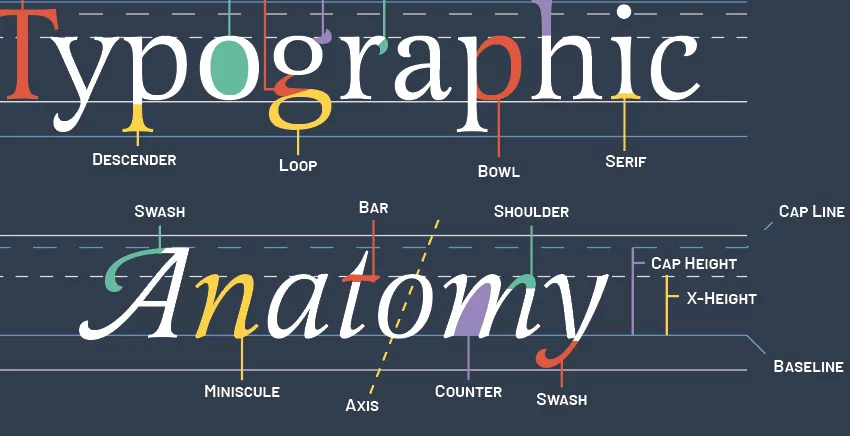
The typeface you choose should complete and accentuate your logo. To give your logo a distinctive appearance, you can use one of the following four fundamental styles of fonts:
Serif fonts.
Serif fonts can give your logo a timeless, upscale appearance. Serifs are the tiny “feet” after a letter that gives them an older appearance. They blend in beautifully with any style of design and are particularly attractive when used with old, elegant, or classic styles.
Sans-serif fonts
Sans-serif typefaces are ideal for a contemporary, uncluttered appearance. They look very sleek as well as simple since they lack the little foot that serif fonts have. This is ideal for contemporary firms like the stylish and understated Delta Salt logo shown above.
Script typefaces
Script typefaces have a handwritten feel to them. There is a large variety available, ranging from refined calligraphic typefaces to easygoing and natural letters. Employ them to give your logo a more distinctive appearance
Display fonts
Display fonts are colorful typefaces that have a distinctive style and are very eye-catching. Look at the display typeface used in the Perfect You logo again to offer the design a fun 70s feel. When you use several different logo fonts together, your typography may turn extremely effective.
Speak with your graphic designer
You are prepared to begin designing now that you have taken into account all of the important style factors. There are numerous approaches to obtaining a logo, so think about which one is the finest for you. A firm, a competition, a one-to-one project, or a logo maker? All solutions have their advantages and disadvantages, and varied prices correspond to various features.

